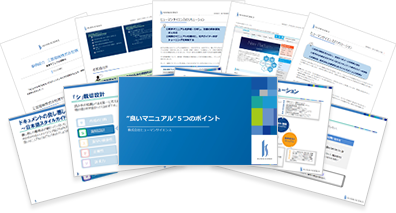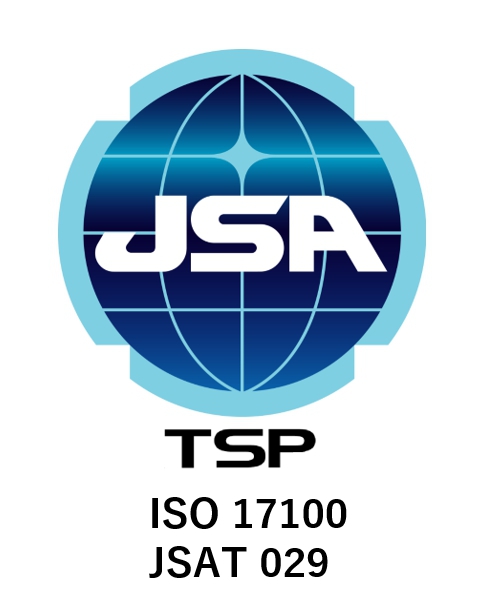
The term "KAIZEN" has become a global presence, known even overseas. In both the world and Japan, "business improvement" is a daily challenge that is sought after in modern society to enhance productivity.
However, when it comes to business improvement, have you ever considered the following?
"Does business improvement really have an effect? I would love to know what measures are effective."
"I often hear about business improvement, but what exactly does it involve?"
"Is it necessary to organize manuals for business improvement? How should I utilize the manuals?"
This time, we will introduce three approaches to achieve business improvement.
Have you ever wondered whether incorporating manuals into your business improvement efforts is truly effective, and what methods are most suitable? You might be concerned about whether the manuals will become too personalized or if they won't be effectively established in the field. However, in reality, there are various ways to utilize manuals as tools that can aid in business improvement. This article contains tips on how to effectively utilize manuals.
We will also explain the basic content, including how to utilize the manuals, the effects that can be achieved through business improvement, and the methods to proceed.
There is a loud call for the need for business improvement, but in reality, there are many approaches available. We hope you will refer to this article and work on improving your business.
- Table of Contents
1. What is Business Improvement? Effects of Business Improvement

Before introducing the approaches and methods for achieving business improvement, this chapter will first explain what business improvement is. We will also introduce the objectives of business improvement and the benefits that can be obtained.
・What is business improvement?
Business improvement refers to the activities aimed at enhancing the products or services we produce daily, or the processes involved.
For example, let's say we were producing 10 cars a day. By reviewing the work procedures, we were able to increase that to 11 cars. This simple example illustrates that "reviewing work procedures" is a form of business improvement.
In this way, activities that enhance productivity by refining our daily operations.
This is what business improvement means.
・Purpose of Business Improvement
The purpose of business improvement is clearly to enhance productivity. In recent years, especially with the changes in work style reforms, the awareness towards labor has been shifting. Coupled with this influence, the momentum for business improvement is increasing.
・Effects Gained from Business Improvement
There are three benefits that can be gained from business improvement.
1. Improvement of Productivity
By improving operations, we can create more and higher quality products and services. Additionally, by increasing productivity, gaps will emerge in the time that was previously filled with work. During these gaps, we can tackle challenges that we couldn't take on before. New challenges can lead to further improvements in productivity, creating the potential for a positive cycle.
2. Cost reduction
Improving productivity also leads to cost reduction. A familiar example would be overtime. If productivity increases and overtime decreases, it results in cost savings in terms of labor costs. Reducing overtime by 2 hours a month would lead to a reduction of 48 hours a year. When multiplied by the number of employees, it becomes a significant figure.
3. Improvement of Working Environment
Business improvement brings significant benefits to workers as well. As mentioned earlier, by increasing productivity, it is possible to reduce overtime. An annual reduction of 48 hours of overtime equates to two full days. The time saved can be used for leisure or self-improvement, which leads to increased motivation.
2. How to Promote Business Improvement

In the previous chapter, we introduced what business improvement is and the benefits that can be gained from it. In this chapter, we will present three steps for implementing business improvement.
1. Set the target business
First, let's target the business processes we want to improve. We will conduct an inventory of operations, identify current issues and challenges, and find the business processes that need improvement. You should be able to identify tasks that have become formalized or inefficient. By writing them down on paper such as Excel, it will be easier to reflect on them later.
There are likely issues and challenges present in each business process, to varying degrees. For now, let's focus on identifying them in this phase.
2. Set Priorities
Next, let's determine the priorities for addressing the identified issues and challenges in our operations. While we would like to tackle everything, both our personnel and time are limited, so we should prioritize our efforts.
There are two main criteria for prioritization.
The first is the impact of the improvements. We will set the priorities based on the order of effectiveness in solving the issues.
The second is the difficulty of the improvements. We should consider not only the time required for improvements but also the costs and efforts involved, and calculate accordingly.
I recommend using these two criteria to determine the priorities.
3. Creation of business manuals, outsourcing, and tool implementation
After selecting the business processes to be improved, the next step is to determine the methods for business improvement. There are various approaches to business improvement, with creating business manuals, outsourcing, and implementing tools being representative examples.
The advantages, disadvantages, and characteristics of each method will be introduced in the next chapter.
3. Does manual creation lead to business improvement?

So far, we have introduced what business improvement is and how to specifically implement it. In this chapter, we will explain whether manual creation leads to business improvement. There are various approaches to business improvement besides manual creation. We will review this while comparing it with other approaches.
1. Introduction of systems and tools
Routine tasks that occur repeatedly, such as daily work, are the strong points of systems and tools. Therefore, there are means to introduce systems and tools for business improvement.
Considering efficiency, this can be said to be the most impactful means of business improvement.
On the other hand, the introduction incurs enormous costs. In addition to system development and implementation costs, time costs are also incurred for meetings with development vendors.
In recent years, contract forms that make it easier to introduce systems and tools, such as SaaS, have emerged.
Nevertheless, it is still a high hurdle for business improvement methods.
Additionally, it can be said that the operation after implementation is difficult. If the introduction to the field is not smooth, there is a risk that the system itself may not be used.
2. Outsourcing
Next is outsourcing. If the business processes that need improvement can be outsourced, let's make use of it. Especially when tasks that anyone can do are becoming a bottleneck, it is recommended to actively utilize outsourcing.
As demonstrated by the Pareto principle, if you want to achieve better results, it is more efficient to focus on important initiatives.
However, there are mainly two disadvantages to outsourcing.
The first is that know-how is not accumulated. Knowledge and experience that should be gained through work are lost when outsourced.
The second is that there may be additional costs. The quality of the outsourcing partner will not meet the desired quality unless properly managed by the contracting side. In cases of low quality, additional costs may arise from having to make corrections.
Outsourcing requires exploring the balance between outsourcing costs and quality.
3. Creation of Business Manuals
The final step is the creation of the business manual. We will improve the highlighted issues and incorporate them into the business manual. By working together as a company, we can achieve uniformity in work quality and expect an increase in productivity. The more impactful the improvements, the greater the effect when the entire company collaborates.
For example, let's say that the differences in sales performance among individuals in the sales department have become a bottleneck for the company. In such cases, we will take measures to document the know-how of employees with good sales performance in a manual. By incorporating individual sales skills into the manual, we can achieve uniformity in sales quality. This leads to the resolution of the bottleneck issue, resulting in a highly impactful improvement for the company.
Manual Creation Achievements
At Human Science, we have been involved in the creation of manuals related to business improvement for many companies. Here, we would like to introduce some of those production examples.
Tokyu Livable
https://www.science.co.jp/case/tokyu_livable/manual/
By creating a business manual, we achieved standardization of sales operations and improved the efficiency of training.
APRESIA Systems
https://www.science.co.jp/case/apresia-systems/manual/
We improved the manual and built a workflow that allows engineers to focus on their core tasks.
Mitsubishi Electric
https://www.science.co.jp/case/mitsubishielectric/manual/
We thoroughly identified and reorganized the tasks that had previously relied on individual know-how using a business organization sheet, ensuring nothing was overlooked, and reorganized them according to the 5W1H perspective.
Others
Major Insurance Companies
We organized the overall picture of the operations and existing manuals to visualize the business, ultimately aiming for simplification and efficiency of the operations.
Major Automobile Manufacturer
We have established a system for creating design guidelines. This has helped to overcome the situation where design work has become overly dependent on specific individuals, and has been utilized to promote the development of the next generation of employees.
Related Blog Posts
Comprehensive Guide: How to Create a Manual Without Fail
So far, we have introduced three approaches to business improvement.
Among these three, the most recommended method for business improvement would be the creation of business manuals.
Each of these approaches can certainly be considered effective methods for business improvement.
4. Summary
How was it?
This time, we introduced three approaches to achieve business improvement.
As an approach to business improvement, considering cost, difficulty of retention, accumulation of know-how, and cost-effectiveness, the most balanced option is the creation of business manuals. By establishing unified rules and procedures across the company through manuals, the quality of work stabilizes, and the training of new personnel progresses smoothly. Additionally, it prevents the personalization of tasks, allowing anyone to perform their duties with the same quality, thus the development of manuals ultimately leads to an increase in productivity.
Business improvement is not something that can be completed in one go; it requires continuous review. Therefore, it is important to create manuals that are used on-site and can be updated and operated effectively. In today's world, where remote work and internal management via networks are prevalent, manuals that everyone can use play a crucial role.
That said, while many understand the necessity of manuals, there are likely many who find it difficult to actually create them. Creating them alongside regular operations can be particularly challenging.
In cases where "resources are lacking" or "there is no know-how in-house," outsourcing can be one solution.
Human Science aims to contribute to your company's operational improvement through assistance in these areas.
Human Science has over 20 years of history and is a professional group with a track record of creating manuals for 243 companies and 3,148 projects.
If you have any concerns about advancing your business manuals, please feel free to consult with us.
Feature 1: Manual creation by experienced consultants
The creation of business manuals is handled by our experienced consultants at Human Science. Our skilled consultants will propose clearer business manuals based on their extensive experience and the materials provided. Additionally, it is possible to create manuals even from the initial stages without any materials. The assigned consultant will conduct interviews and carry out the manual creation.
Feature 2: Not only do we create manuals, but we also provide support for implementation.
Human Science is also responsible for the important phase of "establishment" following manual creation. For example, even after the manual is created, we will conduct updates and hold manual creation seminars. By implementing various measures, we approach the establishment of the manual in the field.
Feature 3: Extensive manual production experience, primarily with large and global companies
Human Science has been producing numerous operational manuals since 1985, primarily in the manufacturing and IT industries. We have had prestigious clients such as Tokyu Livable, Inc., Cygames, Inc., and Konami Digital Entertainment, Inc.
Related Materials
Tips for Creating and Implementing Business Manuals from ProfessionalsThis document introduces the business activities of Human Science and examples of the operation manual production we have undertaken so far. You can see the results and approaches gained through actual projects in detail, so if you are interested in business improvement or the utilization of manuals, please take a look.











































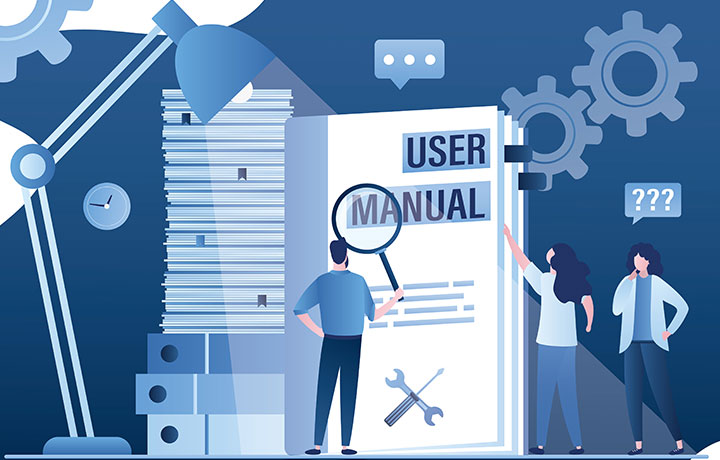



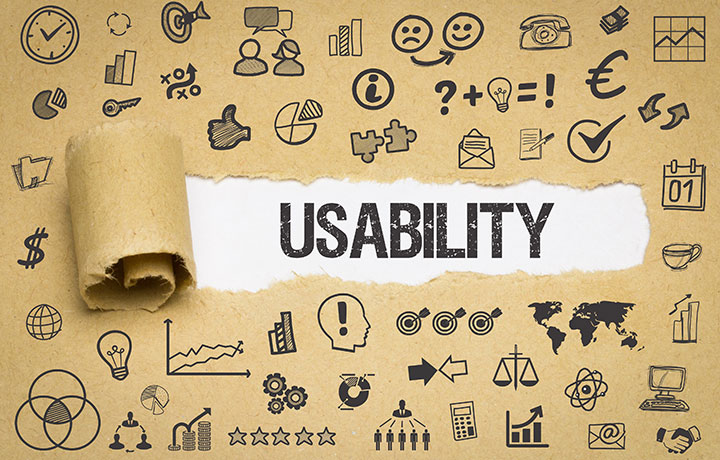





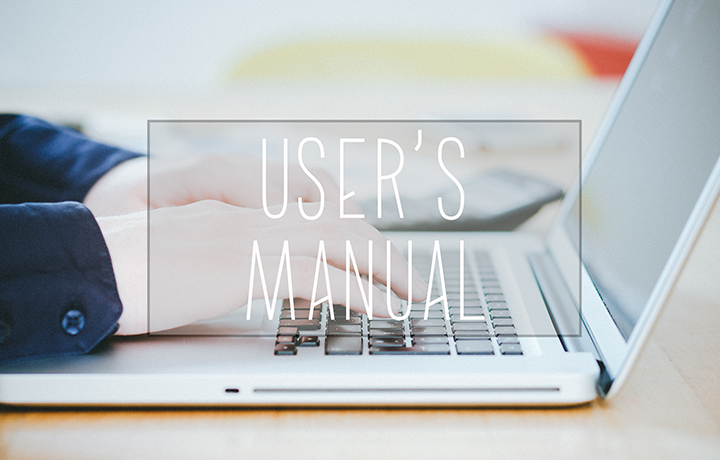











 Manual creation
Manual creation Director, Writer
Director, Writer In-house Support
In-house Support Video
Video Manual
Manual Manual Creation
Manual Creation One-Stop Service for Manual Creation
One-Stop Service for Manual Creation Manuals and Documents
Manuals and Documents